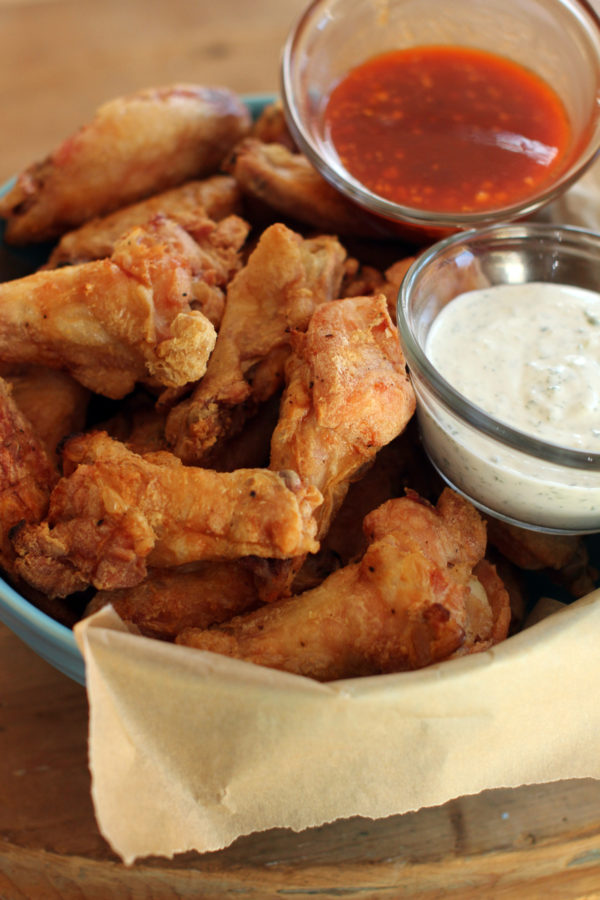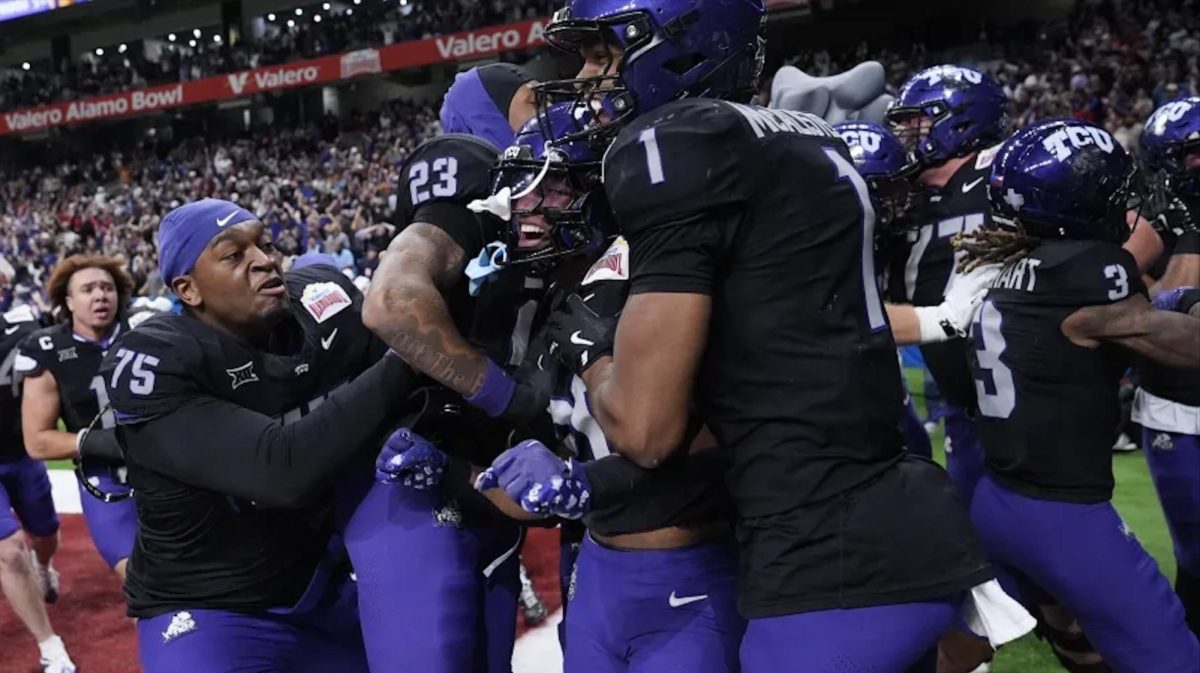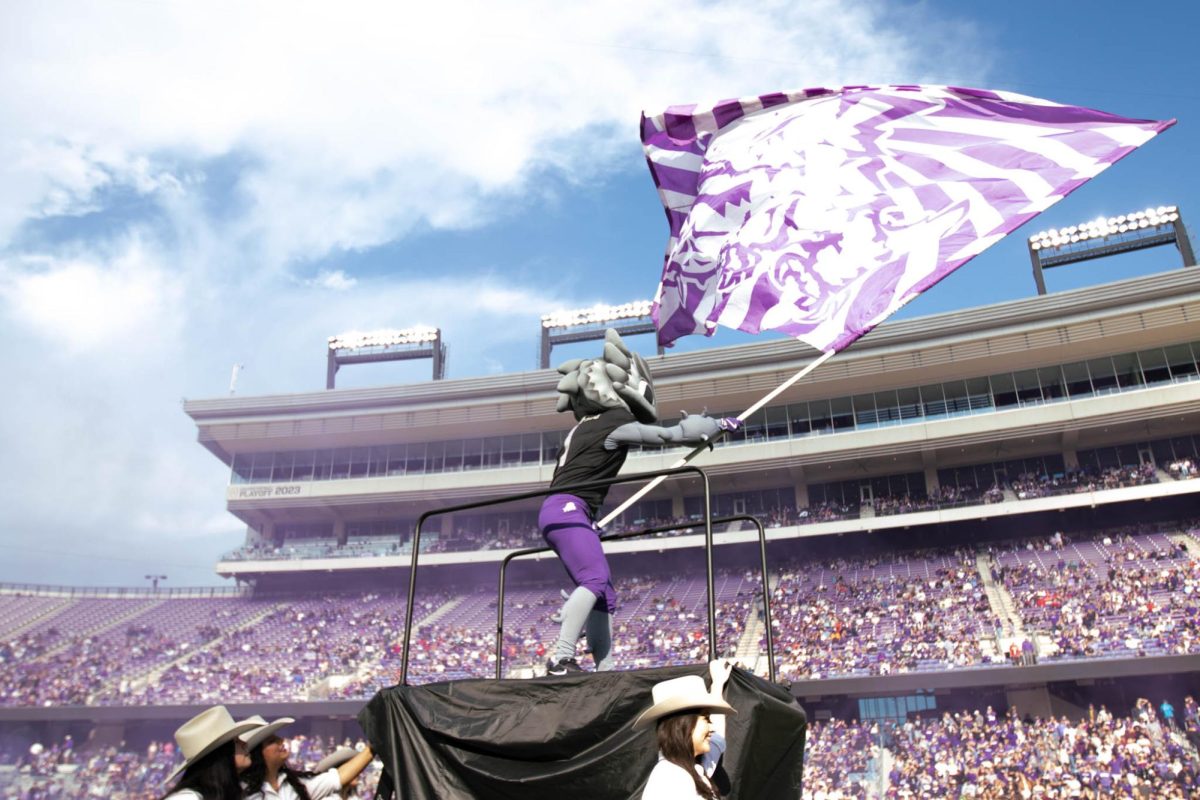There are many things to be debated following Super Bowl Sunday, but America’s favorite Super Bowl food isn’t up for discussion.
While Rams fans lick their wounds and mourn their loss, Americans everywhere re-heat their favorite Super Bowl leftovers with little recognition of their history and importance.
Commercials, halftime shows, and referees may be important to Super Bowl Sunday but the importance of chicken wings is something rarely talked about but purchased by the billions, yes billions, to enjoy while we watch the game.
According to the National Chicken Council, an estimated 1.38 billion chicken wings were expected to be consumed during Super Bowl LIII. These numbers have continued to rise with this year’s prediction increasing by 27 million wings.
Let me help put this into perspective. 1.38 billion wings are enough to put 640 wings on every seat in all 31 NFL stadiums.

Americans everywhere spent billions of dollars to enjoy wings of all different flavors while they watched the showdown between the Rams and Patriots. Like Tom Brady with Super Bowl rings, chicken wings and football are another compatible pair. The pair’s origin dates back to the 1980s when Americans started to prefer their chicken boneless and skinless. Wings, being an inexpensive byproduct for chicken producers became popular.
Restaurants and bars grew fond of the idea to sell inexpensive protein covered in sauce. Bars found consumers purchasing wings and beer as a pair, and beer sales skyrocketed.
At the same time, technology was advancing and that meant sports bars became a popular place to eat and watch sporting events, most commonly, football.
Chicken wings have had long-standing importance in football. And while Tom Brady has become a familiar face to the Super Bowl and gains most of the media attention, the 1.38 billion chicken wings would argue their role in Super Bowls will continue be more important.







